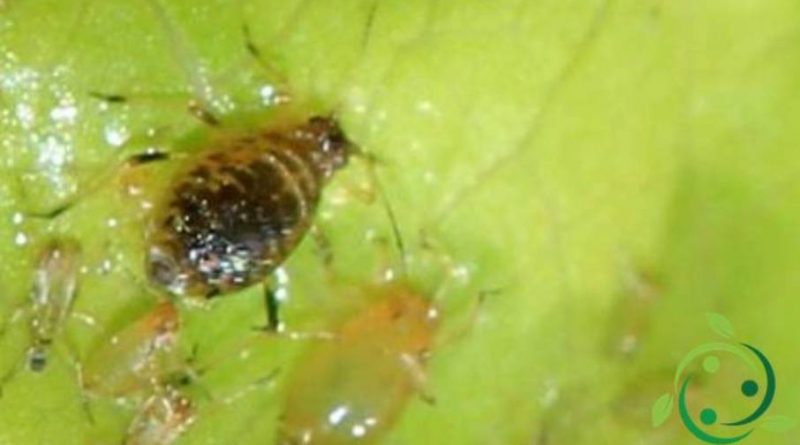How to fight the brown peach aphid in a biological way
How to fight the brown peach aphid in a biological way
The brown peach aphid (Brachycaudus schwartzi (Börner)) is a Rincote Omottero, of the brownish-colored Afididae family with lighter nymphs and which performs a monoic and homotopic cycle on Peach. This small insect causes damage on the peach tree on leaves and young shoots; these organs show marked wrinkles, deformations and arrests or deviations of development. In addition there is an abundant production of honeydew with the consequences of the consequent development of fumigations and ascent of ants. The greatest damage occurs on breeding plants. The brown peach aphis completes the entire cycle on the peach tree and spends the winter in the state of a lasting egg laid on the wood of at least two years or inside the medullary holes of the pruning spurs. In this paper we see how to fight the brown peach aphid in a biological way and what agronomic measures to take.
The damage of Brachycaudus schwartzi is very similar, among others, to those caused by Myzus persicae with which it often forms mixed colonies. This aphid has spread widely in recent years, especially in the most abandoned peach or to which few agronomic attentions have been dedicated.
The containment of this aphid is essentially based on some agronomic precautions of a preventive nature to favor the control and decrease of the population. Among these precautions we should mention above all: that of balanced pruning (do not exceed with these or, vice versa, do not abandon the peach tree to itself); not to overflow with irrigation and especially with nitric nitrogen fertilizers, which can cause excessive vegetative growth; even excessive organic fertilizations can contribute to excessive vegetative growth with productions of tissues more appetite to this aphid.
Then, fundamental interventions are those in the direction of an agroecological system. In fact, it is necessary to reduce the excessive specialization of peach plants (which applies to all crops), favoring grassing and creating hedges with more shrub species to favor the shelter of antagonistic insects.
The true phytosanitary defense therefore consists in the creation of a peach orchard with the presence of grassing and with crops of green manure and hedges that stimulate the presence and development of auxiliaries in order to rebalance the biocenosis of these aphids, for a long time advantaged by the traditional phytosanitary chemical fight .
Under certain conditions, especially in wet days with a sudden increase in temperatures, these aphids tend to dramatically increase their reproduction speed; in these cases the action of the antagonists can occur when the colonies of aphids are already very developed, so it is advisable to slow down the development of aphids by washing with products based on potassium soap or sodium silicate.
Preventive intervention can be fundamental in the case of peach orchards where the aphid has been particularly virulent in recent years. In this case, at the vegetative restart, if the samples detect the presence of founders, they can perform treatments with pyrethrum or rotenone (in a mixture with white oil) to reduce the potential for infestation; starting from June, with the migration of the winged forms, we notice a decrease in the prolificity and the increase of natural antagonists, factors that reduce the danger of the aphid.
It is always remembered that even if allowed in organic farming, pyrethrum and rotenone are not harmless active ingredients for other useful insects, such as mainly the pollinators. Their use should only be carried out with a manifest real need.

